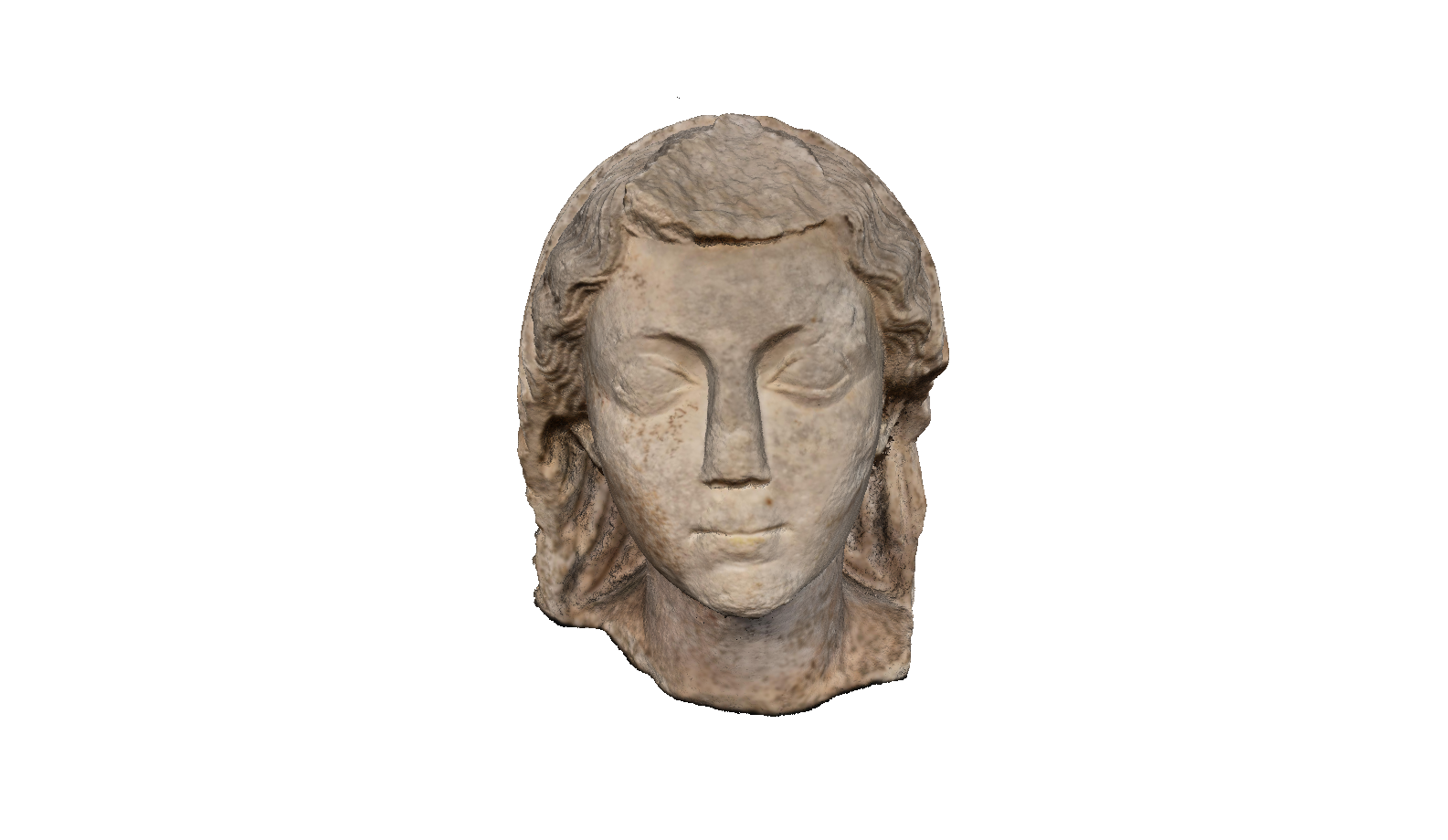Description
Click on the image to go full screen
The marble statue, clearly damaged, belonged to a private collection in Padua and was sold to the Museum in 1922. It represents a young woman, veiled like a bride, with an oval face, large, elongated eyes and a small mouth, in which the face of Livia Drusilla, wife of Octavian Augustus, has been recognised. The portrait, sophisticated but also very static, belongs to the so-called 'Augustan style', the linguistic and artistic trend that characterised the years of the principate, in which every element is carefully detailed but has an overall rigidity that recalls the classical Greek world, with its fixed and well-defined forms. The hairstyle, gathered in waves in a low chignon covered by the veil, must also have included a folded topknot (now lost) above the forehead, in full 'Octavia style': Augustus' sister, very popular, had become a style icon among Roman matrons from the 1st century BC onwards.
The iconography of Livia, the first true empress of Rome, counts numerous portraits located in various museums in Italy and around the world. However, while most of them show her at a different period of her life with more mature and angular features, the sculpture from Padua stands out for depicting her in her youth and is therefore one of the oldest examples.

